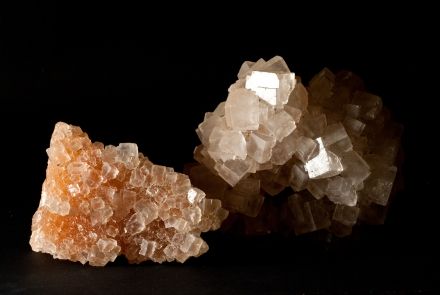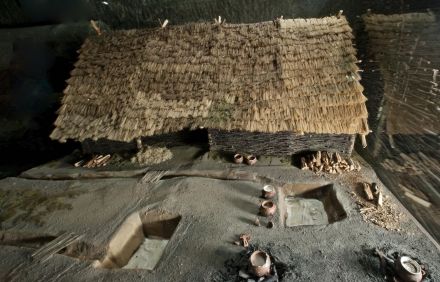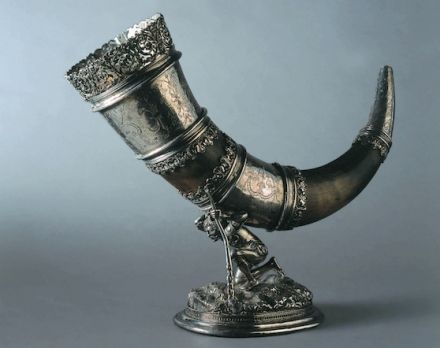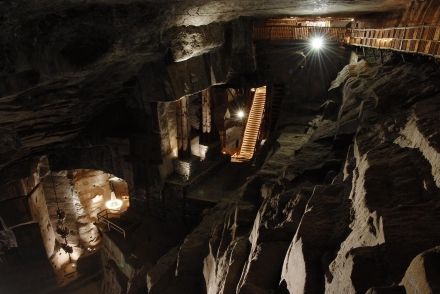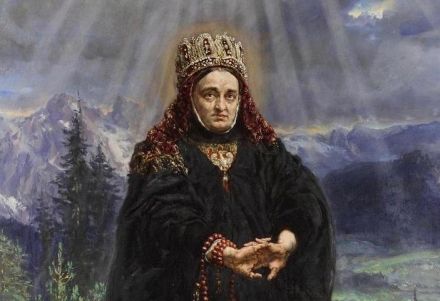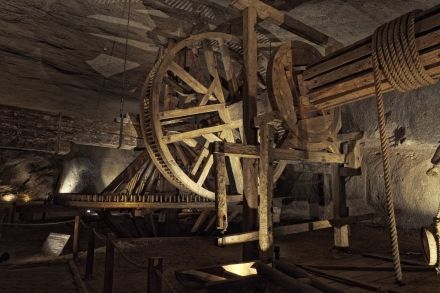The visitors to the Wieliczka mine who moved past the Tourist Route can also set off for the Museum Route. We recommend this tour without hesitation: the Museum Route features types of objects and locations that cannot be seen on the Tourist Route.
Sightseeing of Museum Route does not entail any additional cost, it can be visited by the same ticket. What are the major features on the Museum Route? The giant horse powered hoisting machines represent one of the chief attractions. The device known as the "Polish" is the world’s largest wooden mining machine! Lovers of arts and handicraft will surely be enchanted by paintings of Jan Matejko, the precious Horn of the Hewer Guild and a luxury train constructed for the top authorities of the Austria-Hungary Empire. The Museum Route also features smaller objects illustrating both work of historical Wieliczka miners, their customs and everyday life. There are also places that will attract attention of nature lovers, such as the exhibition of salt crystals from the famous Crystal Caves or amazing salt forms bringing back the memories of the world of fairy tales. Unforgettable impressions are also given by the monumental, beautiful chambers, including the Maria Teresa (Maria Theresa) Chamber (the largest in the mine) and the Saurau Chamber considered the most beautiful since the 19th century.
The Museum Route is located entirely on level III of the mine and is about 1.5 kilometres long. Sightseeing of the Route takes about 50 minutes.


